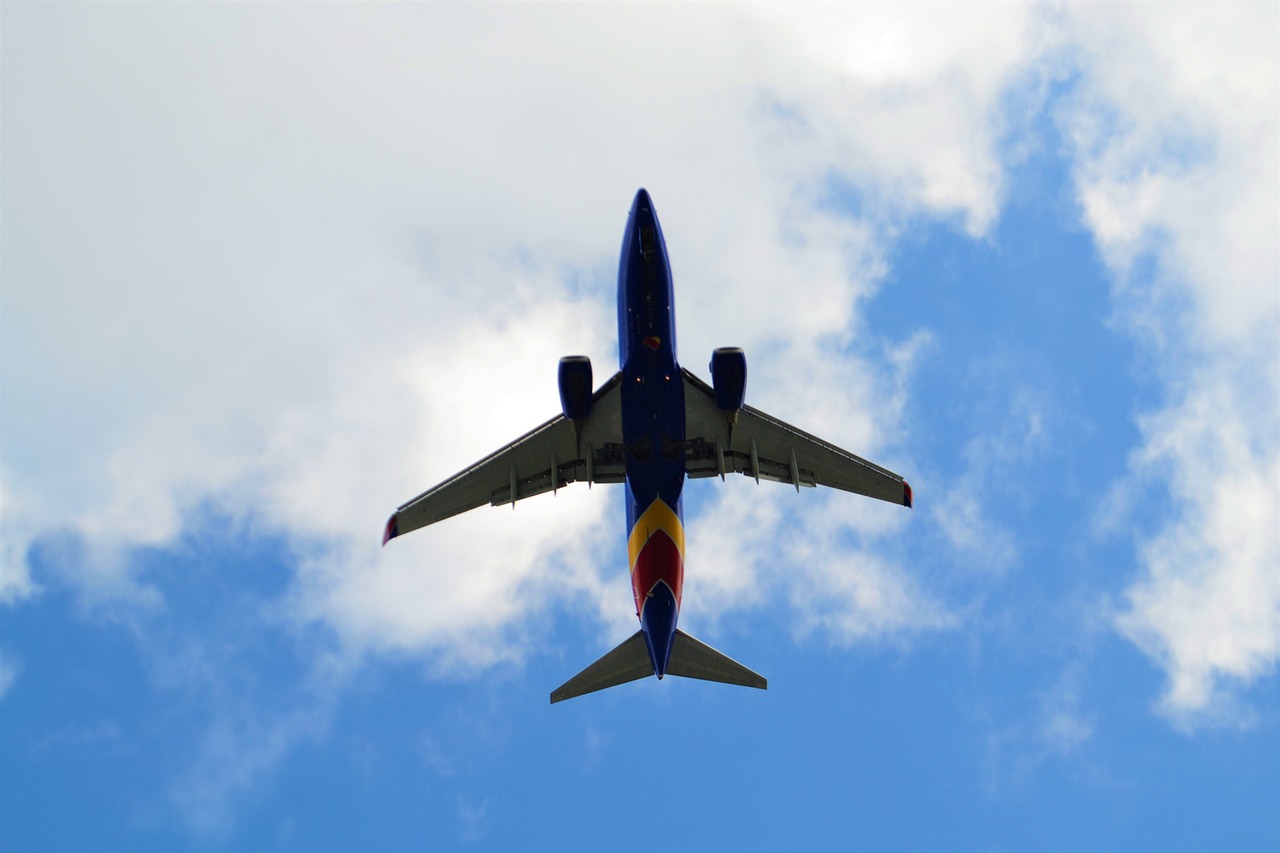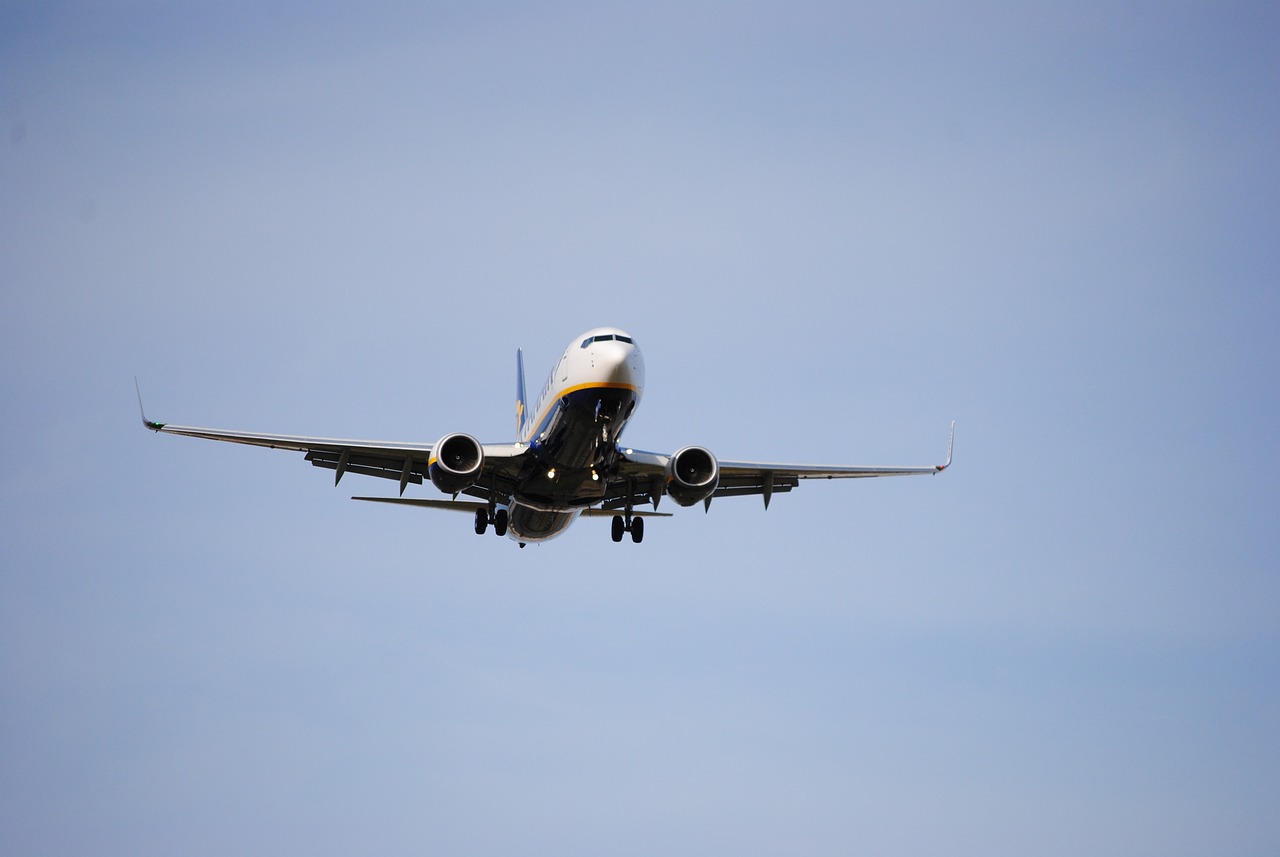When planning a transatlantic flight, one of the key decisions every traveler faces is choosing between a morning or night departure. Historically, transatlantic flights have been synonymous with red-eye journeys, where passengers board in the evening and land in Europe at the crack of dawn, giving them a full day at the destination and offering a quick fix to jet lag.
However, a growing trend is shifting the norm, with many travelers now considering the advantages of daytime flights. In March 2024, Delta Air Lines pioneered this movement with the launch of a morning transatlantic flight from JFK to Paris, landing in the French capital by late evening. This new option is sparking a debate: Could daytime transatlantic flights become the preferred choice for travelers? Or is there a reason why red-eyes have always been more popular? Let’s dive into the pros and cons of each option.
Daytime flights: the pros

Daytime transatlantic flights offer several advantages that make them an attractive option for many travelers. One of the key benefits is less turbulence, as morning flights often encounter calmer weather conditions, making for a smoother journey. Additionally, morning flights are generally more punctual, as they are the first to depart, reducing the likelihood of delays caused by earlier flights or congestion.
For those who have trouble sleeping on planes, taking a flight that gets you into Europe around bedtime may be ideal. Instead of getting no sleep on an overnight flight and trying to push through a full day of exploring, you can enjoy the daytime flight, arrive in Europe in the evening, and get a full night’s sleep in a real bed. This may even help you combat jet lag better than taking a red-eye.
Daytime flights: the cons

While a daytime transatlantic flight offers several benefits, it also comes with notable drawbacks. One significant inconvenience is the early wake-up time required to catch a morning flight. For long journeys, this can mean getting up before dawn, which can be particularly challenging for those who need adequate rest before a long flight. This early start often leads to limited sleep, leaving travelers more exhausted and less able to enjoy their flight.
Also, early morning flights can mean navigating crowded airports. Since early flights are popular among travelers aiming to maximize their day, airports tend to be busier during these hours, leading to longer lines at check-in, security, and boarding.
Red-eye flights: the pros

Red-eye flights offer distinct advantages over early morning departures, especially for those who can sleep well on planes. These flights align with the body’s natural circadian rhythm, providing a more conducive environment for rest. Travelers who manage to get a good night’s sleep during the flight can arrive at their destination feeling refreshed and ready to start their day in Europe, making the most of their time abroad.
Additionally, red-eye flights tend to have quieter cabins, as most passengers are asleep, creating a more peaceful atmosphere compared to daytime flights. Arriving in the morning after a red-eye flight also allows travelers to maximize daylight at their destination, enabling them to jump straight into their activities with a full day ahead.
Moreover, evening departures typically come with lower stress levels. Travelers have the entire day to prepare, and airports are typically less crowded in the evening.
Red-eye flights: the cons

Red-eye transatlantic flights, while convenient for some, have several drawbacks. A major issue is the difficulty some passengers face when trying to sleep on planes. The cramped seating and unfamiliar environment can make it hard to get restful sleep, leaving travelers exhausted upon arrival. This lack of rest can make the first day at the destination challenging.
Flying at night also means missing out on scenic views during the journey, which can be disappointing for those who enjoy looking out the window. Another potential downside is arriving at the destination very early in the morning, often before hotels are ready for check-in. This can leave travelers with hours to fill while feeling tired and disoriented, adding to the challenges of starting their trip.
Factors to consider when booking a transatlantic flight

When booking a transatlantic flight, several factors should be carefully considered to ensure a comfortable and efficient journey.
- Personal sleep patterns: Your individual sleep habits play a crucial role in deciding between a morning or night flight. If you can sleep well on planes, a red-eye flight might allow you to rest and arrive refreshed. However, if you struggle with sleep on flights, a daytime departure could help you avoid starting your trip feeling exhausted.
- Destination and time zone differences: The time zone of your destination and your planned schedule upon arrival are also important. If you’re traveling to a destination with a significant time difference, consider how your arrival time aligns with the local schedule. A morning arrival might give you the entire day to adjust, while a night flight could leave you battling jet lag.
- Purpose of the trip: The nature of your trip, whether business or leisure, can influence your flight choice. Business travelers might prefer a red-eye to maximize productivity, while leisure travelers might opt for a morning flight to avoid starting their vacation feeling fatigued.
- Length of trip: If your time at the destination is limited, a red-eye flight might be the best option to maximize your stay, allowing you to start exploring or working as soon as you arrive.
- Airport and airline services: Consider the services available at your departure and arrival airports. Some amenities, such as lounges and transportation options, might be limited at certain times of day, impacting your overall experience.




